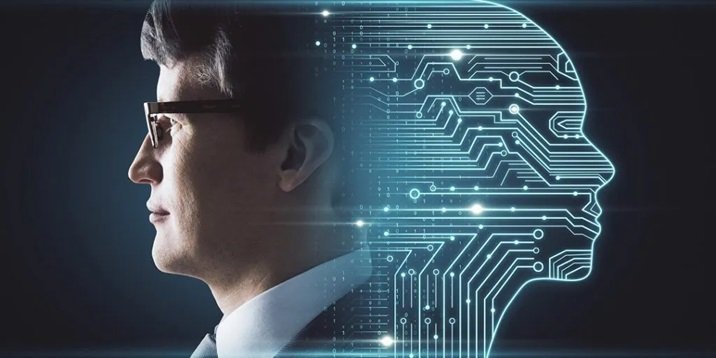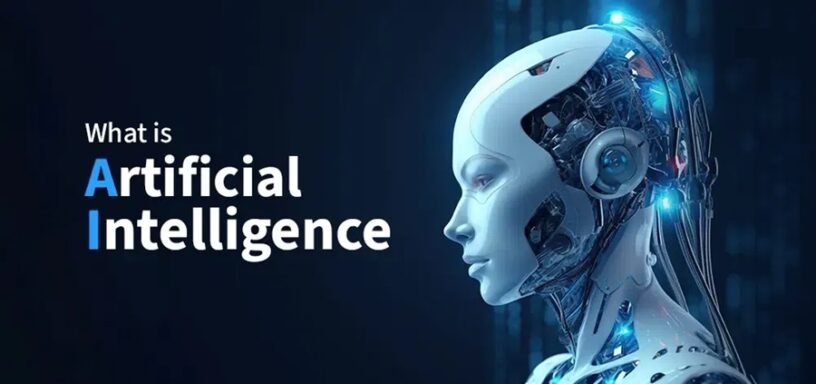Table of Contents
Introduction – What is Artificial Intelligence?
Hey there, curious minds! 🌟 Today, let’s dive into the fascinating world of artificial intelligence, commonly known as AI. You might have heard the term tossed around in tech talks, movies, or maybe even your latest smartphone updates. But what exactly is AI? Let’s break it down together in a conversational and engaging way, with some real-life examples to make things crystal clear.
Understanding Artificial Intelligence
Artificial Intelligence is like giving machines a brain—okay, not a literal brain, but the ability to think, learn, and make decisions. It’s a branch of computer science that aims to create systems capable of performing tasks that typically require human intelligence. This includes everything from recognizing speech and understanding language to solving complex problems and even playing games!
Types of AI: Narrow vs. General
There are two main types of AI: Narrow AI and General AI.
- Narrow AI: This type of AI is designed to perform a specific task. Think of it as a specialist in one field. For example, your spam filter in your email is a narrow AI—it’s excellent at identifying spam emails but can’t help you with anything else.
- General AI: This is the kind of AI we see in sci-fi movies, where machines have human-like intelligence and can perform any intellectual task a human can. We’re not quite there yet, but it’s the ultimate goal for many researchers.
Real-Life Examples of AI
Now, let’s bring AI to life with some real-world examples that you might encounter daily.
1. Virtual Assistants
Ever asked Siri about the weather or told Alexa to play your favorite song? These virtual assistants use AI to understand your commands, search for the right information, and respond appropriately. They learn from your interactions to improve their responses over time.
2. Recommendation Systems
Have you noticed how Netflix always seems to know what you want to watch next? That’s AI in action! Recommendation systems analyze your viewing history and compare it with data from other users to suggest movies or shows you might enjoy.
3. Self-Driving Cars
One of the coolest applications of AI is in autonomous vehicles. Companies like Tesla use AI to analyze data from sensors and cameras in real-time, allowing the car to drive itself, avoid obstacles, and make decisions on the road. It’s like having a super-smart co-pilot!
4. Healthcare Diagnostics
AI is revolutionizing healthcare by assisting in diagnosing diseases. For instance, IBM’s Watson can analyze medical images and patient data to identify potential health issues faster and sometimes more accurately than human doctors. This can lead to earlier detection and better treatment outcomes.
5. Chatbots
When you visit a website and a little chat window pops up asking if you need help, that’s usually an AI-powered chatbot. These bots use natural language processing (NLP) to understand your queries and provide relevant responses, improving customer service efficiency.

How Does AI Learn?
AI learns through a process called machine learning. Let’s break it down:
- Data Collection: AI systems need data to learn. This data can come from various sources, like text, images, or even sound.
- Training: During training, the AI system uses algorithms to find patterns in the data. For instance, a facial recognition system would analyze thousands of photos to learn the unique features of faces.
- Testing and Validation: After training, the AI is tested to see how well it performs. If it makes too many mistakes, it goes back for more training.
- Deployment: Once the AI performs well, it’s deployed for use. It continues to learn and improve with more data and feedback.
The Future of AI
The future of AI is incredibly exciting. We’re looking at advancements in various fields such as:
- Healthcare: AI could predict disease outbreaks and customize treatments for patients.
- Education: Personalized learning experiences tailored to each student’s needs.
- Environment: AI can help monitor and combat climate change by analyzing environmental data.
Conclusion – What is Artificial Intelligence?
So, there you have it! Artificial Intelligence is all about making machines smarter and capable of performing tasks that usually require human intelligence. From virtual assistants to self-driving cars, AI is already a big part of our lives and is set to become even more integral in the future.
Remember, AI is not just a tech buzzword—it’s a transformative technology that’s here to stay. Keep an eye out for the amazing ways it continues to evolve and impact our world. 🌐
Feel free to share your thoughts or questions about Artificial Intelligence in the comments below. Let’s keep the conversation going!




1 Pingback